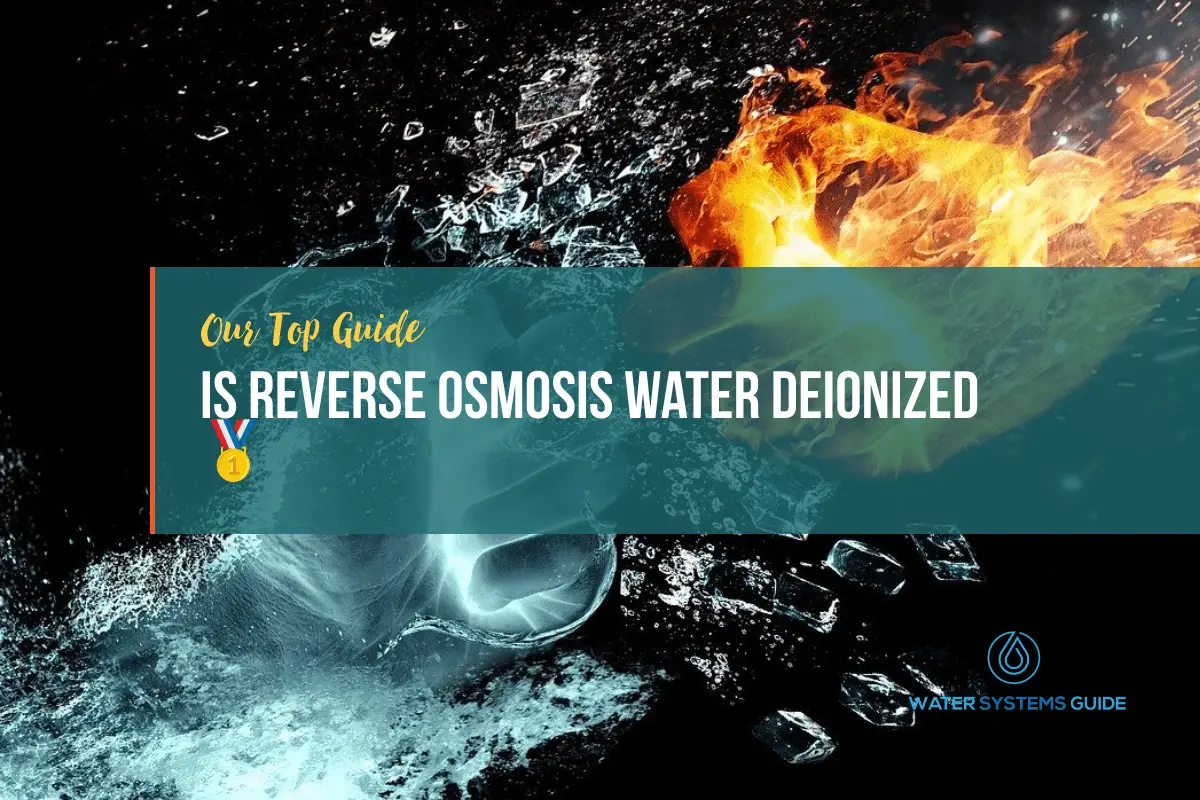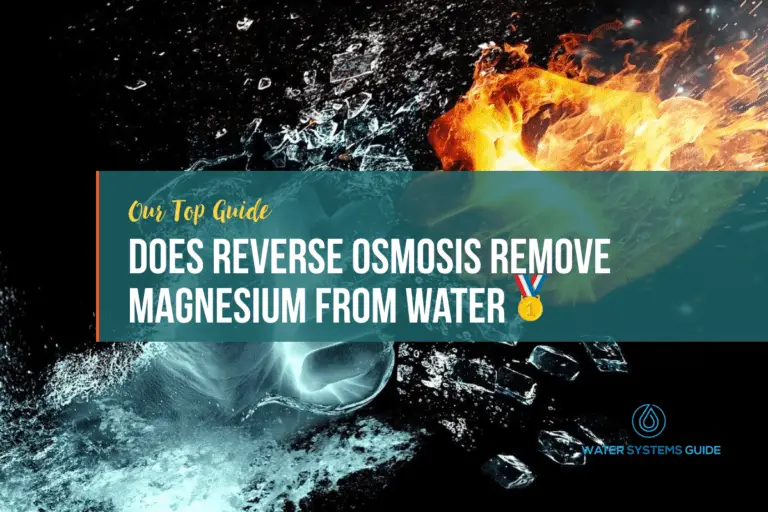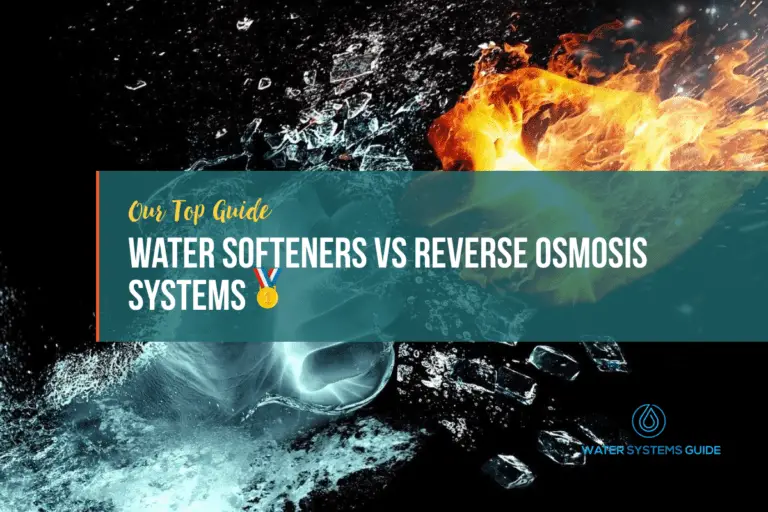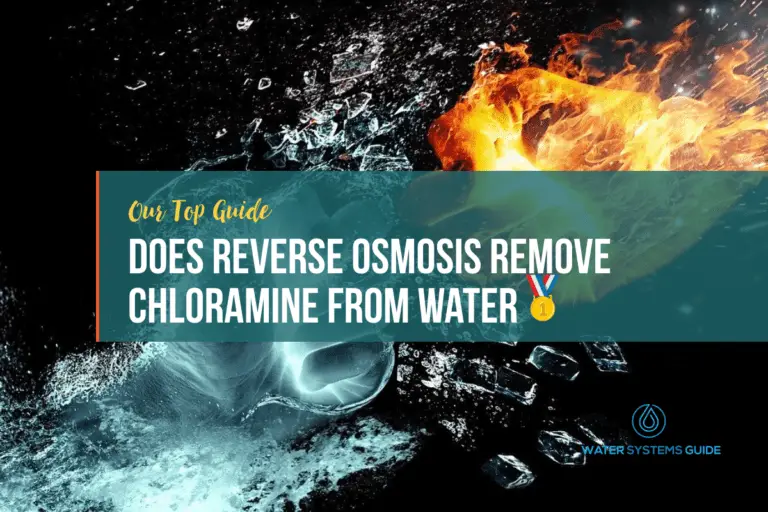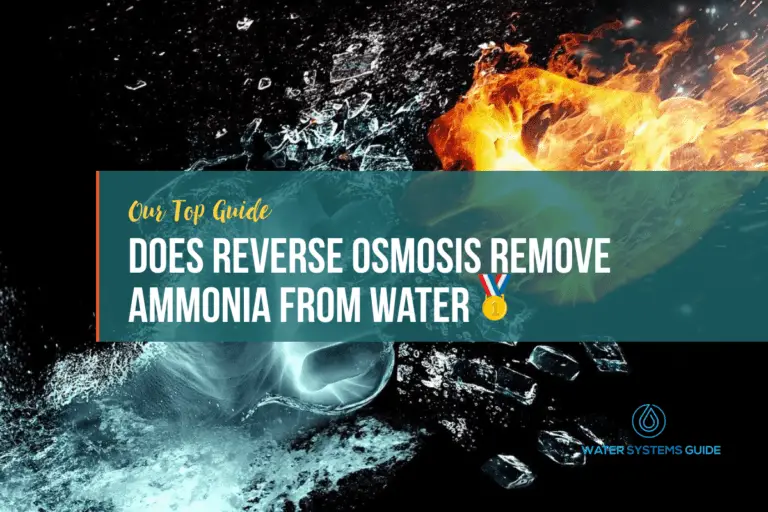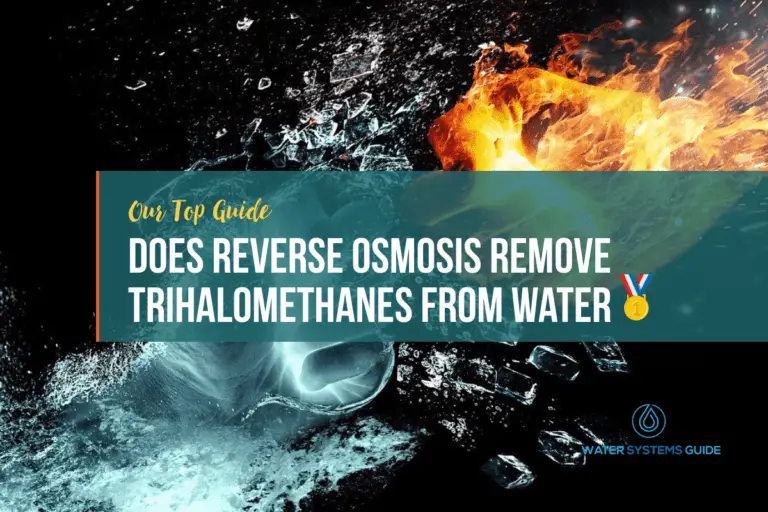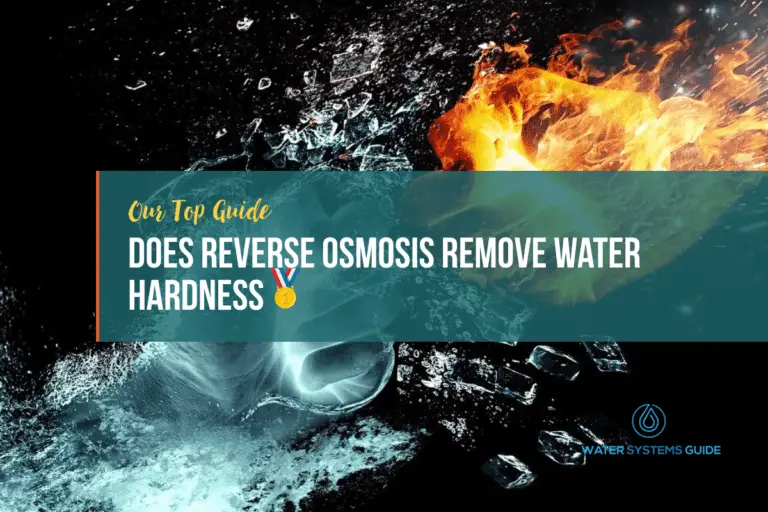Is Reverse Osmosis Water Deionized
In this article we’re going to be discussing whether reverse osmosis water is in fact deionized or not.
However, let’s firstly touch on what exactly reverse osmosis is, and what deionized water is, so everyone is on the same page (so to speak).
So without further ado, let’s get into it!
What is Reverse Osmosis?
Reverse osmosis (RO) is a water purification technology that uses a semipermeable filter membrane to remove ions, molecules, and larger particles from drinking water.
In a reverse osmosis water system, an external pressure is used to overcome the osmotic pressure, a colligative property, that is driven by chemical potential differences of the solvent, a thermodynamic parameter.
Reverse osmosis can remove many types of dissolved and suspended materials from water, including heavy metals, bacteria, and pharmaceuticals. Thereby removing a lot of key contaminants from water.
What is Deionized Water?
Deionized water, also known as demineralized water, is water that has been treated to remove all of the dissolved minerals in it. The process of deionization uses ion exchange resins to replace contaminants and minerals with hydroxyl and hydrogen ions.
Mineral particles attach to the resin beads as water flows through the beads, cleaning the water and deionizing it before it is transferred to a storage tank where it can be used as needed for bathing or drinking.
This makes it a very pure form of water when compared to the likes of tap water.
It is an excellent choice for use in many industrial and commercial applications where purity of contaminants are important, sine it does not leave behind any residue.
Some of the most common uses for deionized water include cleaning electronic components and Circuit boards, as well as being used as a coolant in many different types of machinery.
It is also used in some home appliances, such as steam irons, with it not leaving residue.
Is Reverse Osmosis Water Deionized
Reverse osmosis (RO) is a filtration process by which water is forced through a semi-permeable membrane to separate the solution into two parts, the concentrated side and the dilute side. The concentrated side has a higher concentration of ions and molecules than the dilute side.
Therefore, the process of reverse osmosis can be used to remove ions from water, making it deionized. This can be done using a whole house or undersink reverse osmosis filtration system.
The deionization process means that this type of water has had all of its ions removed, including sodium, chloride, salt, calcium, and magnesium. This leaves the water with a very pure and clean taste.
It should be noted that DI water is different from distilled water.
What is Distilled water and how is it different from deionized water?
Distilled water is water that has been boiled to remove impurities. Deionized water is water that has had its minerals removed through a process of ion exchange. Distilled water is more pure than deionized water, but it can also be more corrosive.

